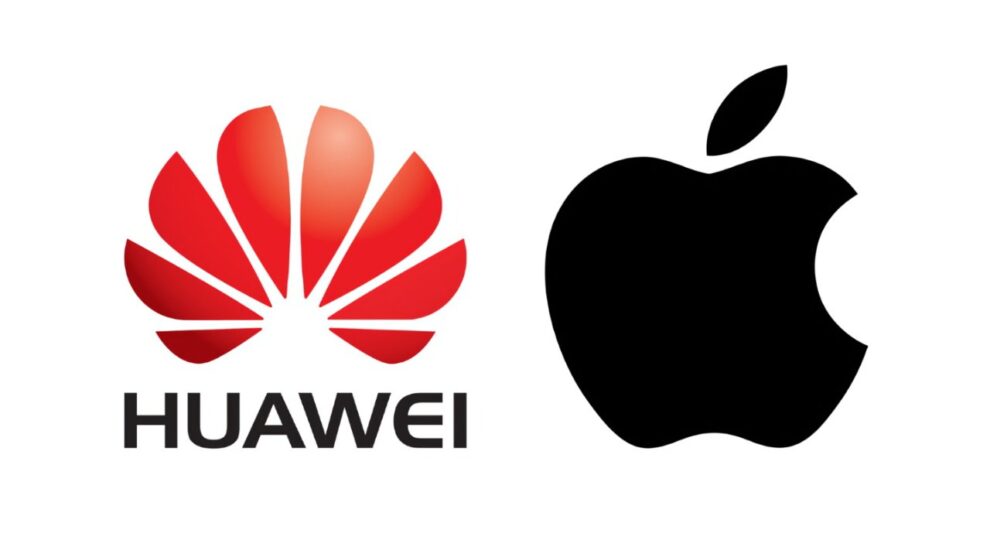TOKYO: If there is one thing that the late Apple co-founder Steve Jobs is remembered for, it’s that he knew how to put on a show. Long before Apple became the world’s most valuable company, it was an underdog that masterfully stole spotlights and invigorated rebel consumers.
Huawei seems to have taken a leaf from this playbook in scheduling its own flashy product event on Tuesday (Sep 10) just hours after Apple’s annual iPhone keynote. The Chinese company unveiled the Mate XT, the world’s first triple-screen smartphone that folds like the letter Z.
Visuals of the never-before-seen triptych design made a splash online, especially in contrast to the new iPhone 16’s modest hardware upgrades, the most noticeable being a new button.
It didn’t help that Apple’s biggest selling point for the latest device is built-in artificial intelligence capabilities that won’t launch in the Chinese language until next year, and are subject to strict regulatory approval before hitting the lucrative market. The absence of this key feature in China drew widespread derision on domestic social media; one viral Weibo post mocked that the iPhone 16 should be half price without it.
Huawei was wise to seize the moment and stand out with physical hardware innovation at a time when most other industry players are showboating unproven AI updates.
And years of brutal United States-led sanctions have turned its comeback into the underdog story of the decade among patriotic Chinese consumers. The Shenzhen-based company cheekily unveiled its Mate 60 Pro smartphone, featuring a made-in-China chip that the US had tried so hard to stop, during US Commerce Secretary Gina Raimondo’s visit to the country last year.
SPLASHY SHOW MASKS HUAWEI’S WEAKNESSES
But the latest splashy debut of the Mate XT masks broader weaknesses. For starters, it’s priced from a jaw-dropping 19,999 yuan (US$2,800) at a time when Chinese consumers are pulling back on spending.
Many news outlets are highlighting that millions of people have pre-ordered the Mate XT on Huawei’s official e-commerce site (as of Wednesday, this tallies 4.8 million registering to purchase the phone). But these figures are misleading; the reservation system doesn’t require a down payment, and simply alerts those who sign up on how to purchase the device when it does go on sale later this month – on the same day as the iPhone 16.
Bloomberg Intelligence analysts, meanwhile, forecast shipments could be capped at 1 million units. Its high price and niche appeal likely mean it may have less impact on China’s premium smartphone segment than the Mate 60 did, the analysts added.
The Mate XT release event also didn’t detail what chip is being used to power the device, leading many to speculate there wasn’t a new breakthrough and the price tag won’t offer a major performance leap. As a result of the sanctions, even top-of-the-line Huawei smartphones currently run on processors that are generations behind those used by Apple in the iPhone.
Huawei is expected to release its next flagship phone and closest iPhone 16 competitor, the Mate 70, later this year, though is reportedly facing chip production snags.
NO CERTAIN SUCCESS FOR APPLE IN CHINA
These fragilities, however, don’t directly translate into success for Apple.
The iPhone has been losing its allure in China, and the Cupertino, California-based company recently fell out of the top five smartphone makers in the country – even after offering steep discounts.
It also will be hard for Apple to maintain consumer loyalty when its highly touted AI updates aren’t ready for the China market. Apple has partnered with ChatGPT-maker OpenAI, but this service is banned and it has yet to announce a Chinese partner.
Unlike camera or hardware upgrades, ensuring AI updates that tout services like summarising notifications or helping draft emails are relevant at a language and cultural level marks a new and difficult task for Apple in China, not withstanding Beijing’s fierce regulatory hurdles surrounding AI.
Apple needs to heavily step up AI localisation efforts if it wants to stay relevant in the world’s second-largest economy. Chinese iPhone users may feel betrayed by the company leaving them behind in the AI race.
But these consumers may equally feel as alienated by Huawei launching a US$2,800 smartphone amid fierce macroeconomic headwinds.
With Beijing’s top-down push toward domestic smartphones, Huawei is less of an underdog and is going to need more than attention-grabbing product launches to boost sales that have been buoyed in large part by nationalism. Without a major tech breakthrough, it will be harder for its high-end products to not fall further behind rivals, making even triple-folding smartphones appear like mere gimmicks.
The upcoming holiday season will be a test for how Huawei ultimately does against Apple in China’s high-end smartphone market, and the release of the Mate 70 series could still have a big impact. But for now, this headline-grabbing face-off may result in more Chinese consumers choosing to hold on to their current smartphones a little longer.










